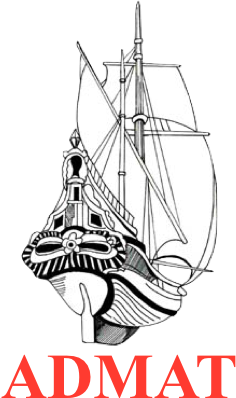Well today a number of targets were achieved, we managed to get the amidships iron ballast long bar totally uncovered. This enabled us to inspect it and it was of stepped shape, probably made of numerous iron ballast bars which had concreted together in seven rows. The length was 3.46 meters and width 0.85m and it stopped just before the break. This leads into the next question is there a matching one on the port side and does it run forward into the bow section? Is this why the front section forward of the shot locker and main mast is still intact and has a hull shape under all the tons of rocks. Is it because there is iron ballast under the rocks which is supporting them and taking the weight off the timber floors and futtocks?
Other members of the Team started survey work beyond the grid to seaward to see if the anchors could be found. So far we have not located them but 23 meters north of the grid on the presumed stern section we found two pieces of hull planking about 2 meters in length with copper sheeting on. These were buried in the sand and the current hypotheses being that these were sections which landed here as a direct result of the explosion. Further survey work resulted in a piece of French faienceware being found in the sand with pieces of small copper sheeting about 53 meters from the amidships break. This could give us an indication of the blast radius.
The lead box trapped by one of the iron ballast blocks
One interesting find was a lead box without the lid. It was located next to some iron ballast bars, with the ballast bars holding it in place. Tomorrow further searching will be undertaken to see if there is a lid to the box and hopefully there might be some inscription on the box.
The lead box in the lab


